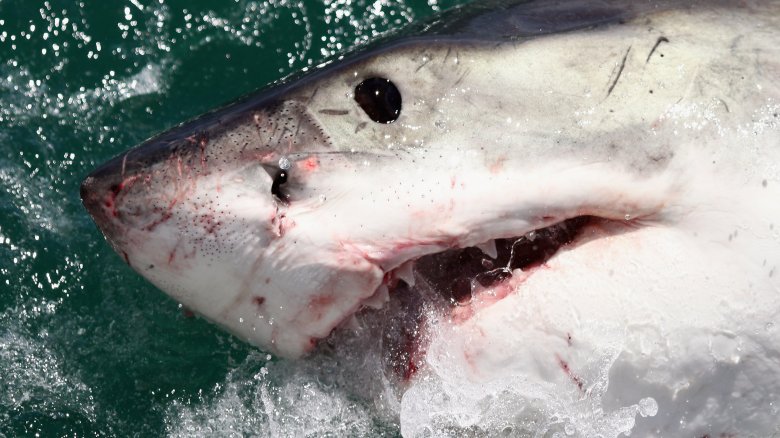The Reason Megalodon Sharks Went Extinct
One of the largest great white sharks ever captured on film is "Deep Blue," a female that's probably 20 feet long from nose to tail and could probably swallow you without chewing. Still, Deep Blue would be dwarfed by a megalodon, which was around three times that size. Yet despite their obviously superior awesomeness, megalodons no longer exist — unless you weren't paying attention to the very short disclaimer that appeared at the end of the Discovery Channel's Megalodon: The Monster Shark Lives and then yeah, they totally still exist.
So what force of nature could have possibly been so massive, so terrifying, so overwhelming that it could have taken down something as fearsome as a megalodon? Would you believe it was the great white?
Now before you start imagining fin-to-fin combat between a meg and a great white shark, which let's face it would be aweeeeesoooome, that's not exactly how it went down. According to Forbes, megalodons went extinct around 3.6 million years ago, which was right around the same time as the great white first showed up in the fossil record. The two species shared the ocean for around a half a million years, and some scientists think that was long enough for the smaller species to spread worldwide and basically out-eat the megalodon. An adult great white would have been about the same size as a juvenile megalodon, which means the two would have been in direct competition for certain kinds of prey. Also, some of the larger prey animals that the megalodon depended on were in decline around that time period, and the megalodon's range was becoming fragmented, which meant they had to share their limited resources not just with the smaller and probably more agile great white sharks but also with each other.
In other words, the megalodon was probably a victim of its own awesomeness.
